Mamata Alleges DVC ‘Manufactured’ Flood-Like Chaos on Bijoya Dashami
- byAman Prajapat
- 03 October, 2025
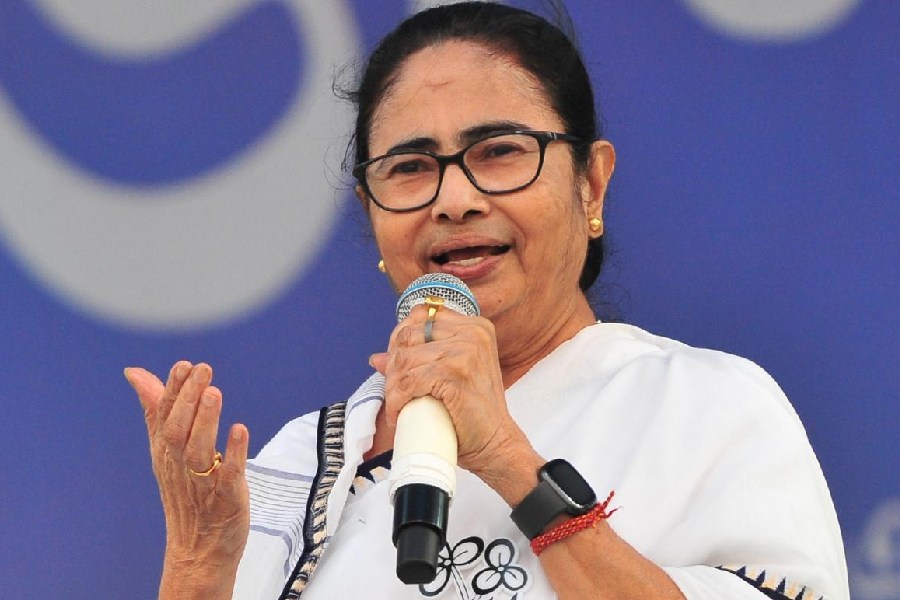
In the soft twilight of Bijoya Dashami, when firecrackers quieten, devotees offer final farewells to the goddess, and families clasp hands in prayers for renewal — that sacred moment was marred. Mamata Banerjee, the Chief Minister of West Bengal, cried foul: she says the Damodar Valley Corporation (DVC) engineered a flood-like calamity exactly when people were meant to breathe relief.
On September 2 (Bijoya Dashami), the DVC — per Mamata’s charge — released 65,000 cusecs of water from the Maithon and Panchet reservoirs, cascading downstream toward the Durgapur barrage and beyond, across districts like Bankura, Purba Bardhaman, Howrah, and Hooghly.
What makes the claim sharper is that — she alleges — no prior intimation was sent to the state government. No warning; no coordination. Just the unleashed water, as if unleashed fury.
To Mamata, this was not a natural calamity. She called it “reckless,” “shameful,” “absolutely unacceptable.” She said millions of lives were plunged into peril at a moment meant for celebration. She framed it as a disaster manufactured by DVC, not by rain gods.
She warned: “I will not allow anyone to carry out a ‘Bisarjan of Bengal’.” The imagery is potent — she means she will not let Bengal be submerged, overwhelmed, sacrificed. Truth, she promises, will fight deceit; good will triumph over evil.
State machinery was put on alert. District administrations were asked to survey riverbanks, monitor vulnerable zones, prepare for inundation.
As of now, DVC has not offered an immediate strong public defense. In prior times, it has maintained that water releases are technical, tied to inflows and dam safety.
This flare-up is not isolated. Over recent years, Mamata has repeatedly criticized DVC’s flood mismanagement — accusing it of releasing water unilaterally, failing to dredge rivers, ignoring state pleas.
In fact, she has claimed that DVC’s water discharge into Bengal has surged — in one report, she says it rose thirty-fold in two years. Deccan Herald
Let’s pull back and consider the forces at play — the people, the rivers, the blame, and the balance of power.
River, Reservoir, Release: Anatomy of a Flood
The Damodar Valley Corporation oversees reservoirs and dams including Maithon and Panchet. In heavy rainfall, dams collect water. But if water becomes too much, releases must happen, for safety and structural integrity. That is standard. But when, how much, and coordination with downstream areas — that is where disaster is mitigated or magnified.
If a dam authority opens its sluices without warning, or with a sudden surge, the downstream rivers may be unable to cope. Riverbanks, embankments, and flood channels may be overwhelmed. Low-lying villages, fields, roads, and homes get submerged. It becomes a deluge. If rainfall is also happening, the burden multiplies.
Mamata’s central claim: the DVC release was disconnected from state input, badly timed — made worse by possible negligence in dredging, poor river channel upkeep, and weak coordination. In her view, the crisis was avoidable and artificial in its shock.
She frames this as not just technical mismanagement, but political — a weapon against Bengal, a violation of trust, a betrayal of the festive peace. She speaks of conspiracy, of plots to harm, of resisting injustice.
Reactions, Echoes, and Skepticism
Supporters of Mamata laud her for standing up to a central agency. They see a pine-rooted pattern: that Bengal is treated as subordinate, and that powerful institutions like DVC operate as if sovereign over state will. The symbolism of flooding on Bijoya — timing the climax of a festival — cuts deep.
Critics might ask: Is Mamata overselling? Are there technical justifications? Perhaps reservoir inflows demanded discharge; perhaps warnings were attempted, or state agencies ignored them; perhaps natural rainfall was substantial and rivers already swollen. It’s dangerous to dismiss that possibility.
Also, if DVC is compelled by safety protocols, they may pay heed to hydrological metrics more than political calendars. But the optics are harsh: release water on the day of a grand religious sendoff, without alert — that looks like brazenness.
Whether the act was calculated or negligent, the consequences are real: fields under water, homes threatened, anxiety among people, blame volleyed.
Historical Context & Precedents
This is not the first time such accusations surface. Mamata has earlier blamed DVC for exacerbating floods in Bengal by releasing water unilaterally.
In 2024 seasonal floods, part of the cause was heavy rainfall plus dam discharges.
She has also criticized DVC’s failure to dredge the channels of Maithon and Panchet — arguing that had dredging been done, reservoirs would have greater holding capacity, allowing safer release schedules.
Earlier, she publicly criticized DVC for being “anti-Bengal,” for operating without proper state consultation, and for endangering lives in pursuit of institutional convenience.
So in this latest incident, we see the continuation of an already heated dispute — now intertwined with festival imagery and public sentiment.
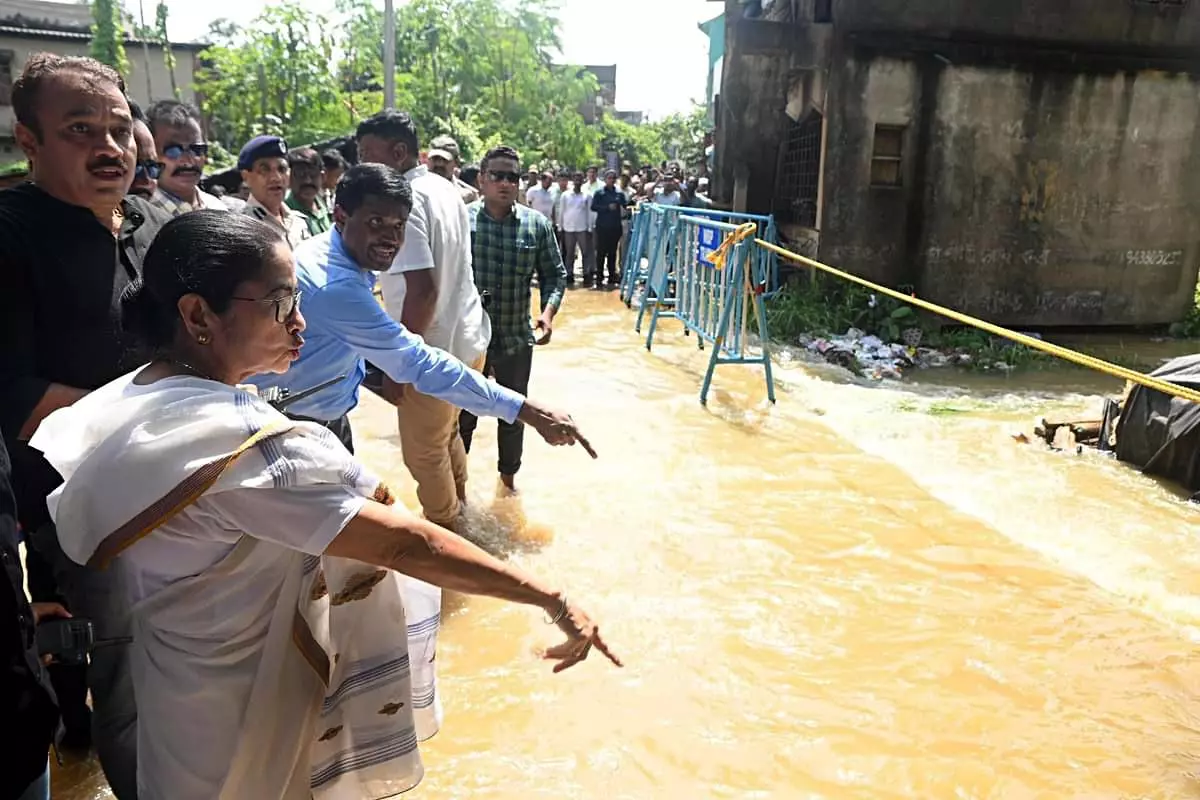
What’s at Stake, What’s Next
For the people: uncertainty, fear, economic losses. Crops, homes, roads all vulnerable. For state administration: pressure to mount rescue, relief, warnings, embankment protection. For the CM: political capital, moral high ground, public support or backlash. For DVC: reputational crisis, technical justification, defense of procedure, or admission of fault.
The timing is key: Bijoya Dashami is sacred — the moment of closure, of farewell to the goddess Durga, of homecoming, of reflection. To claim that this moment was disrupted is to inject symbolism into politics — flood becomes more than water; it becomes a message.
Mamata says she will resist. She says she will not let a “Bisarjan of Bengal” happen. She warns conspiracies will be met with full force. But resistance requires proof, investigation, data. She must show that the release was undue, without hydrological necessity, without due coordination.
We may expect:
A demand for inquiry or judicial probe
Public hearings or data disclosure (reservoir inflows, dam release logs)
Legal challenges or demands for accountability
Heightened political fight between central agencies and state government
Media spotlight, public outrage or support
And perhaps, in the eclipse of floodwaters, the question: do big institutions respect regional voices? Is river management top-down or collaborative? Do laws mandate state consultation? What safeguards exist?
Note: Content and images are for informational use only. For any concerns, contact us at info@rajasthaninews.com.
जीणमाता मंदिर के पट...
Related Post
Hot Categories
Recent News
Daily Newsletter
Get all the top stories from Blogs to keep track.


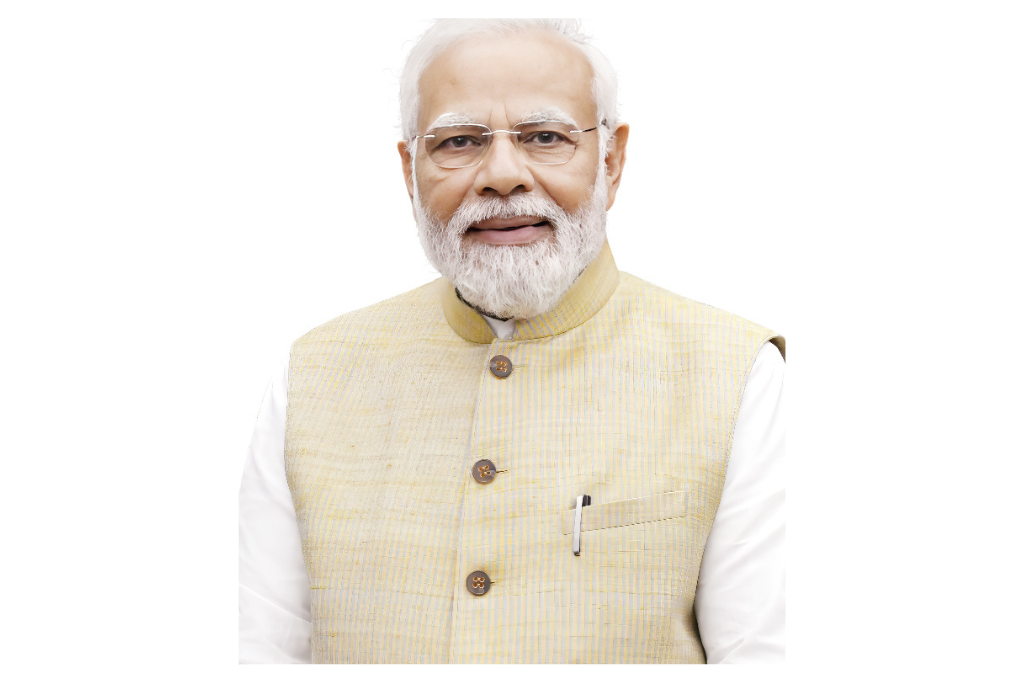
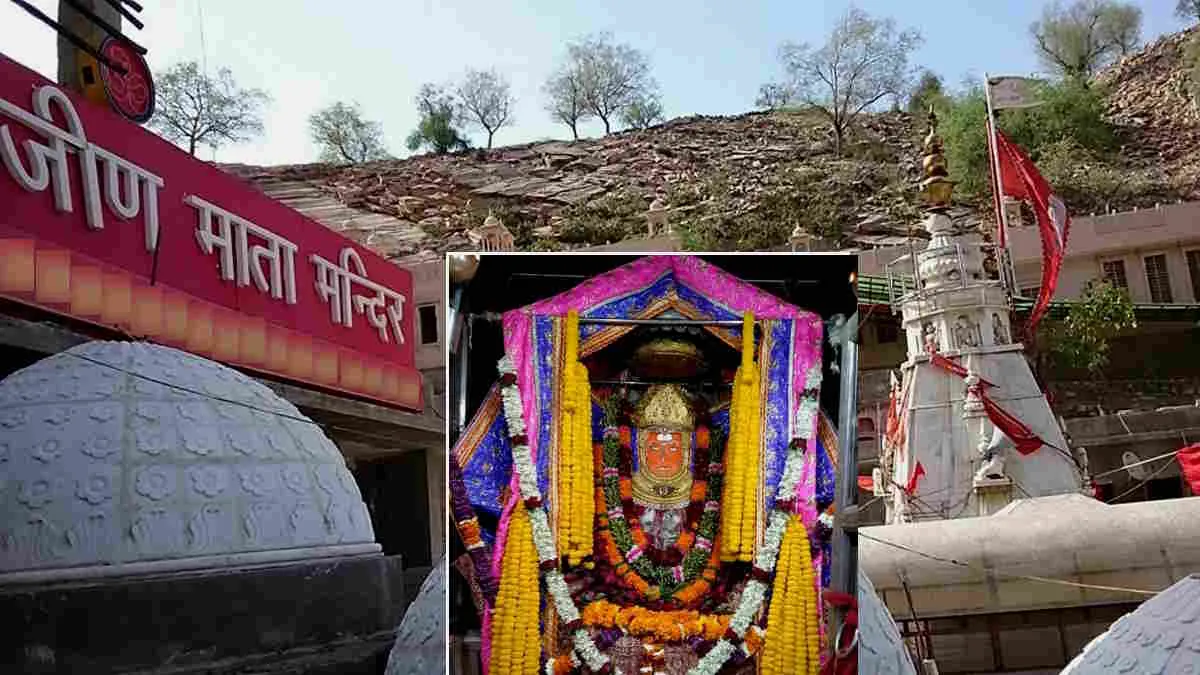



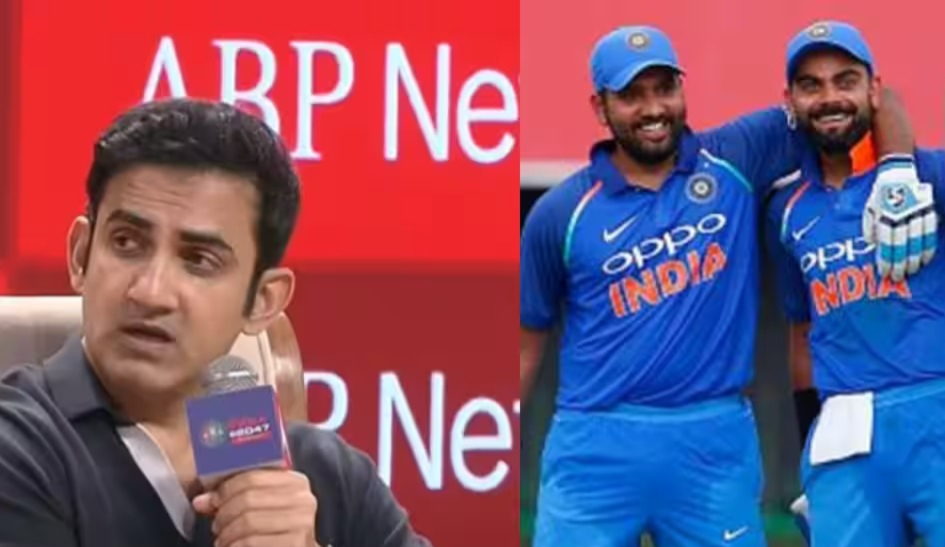
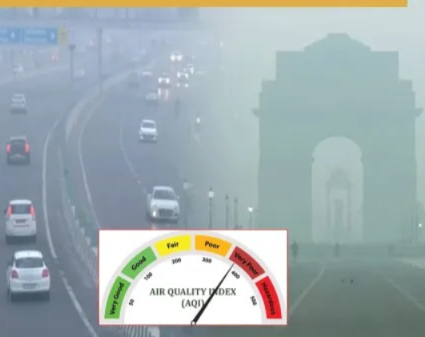
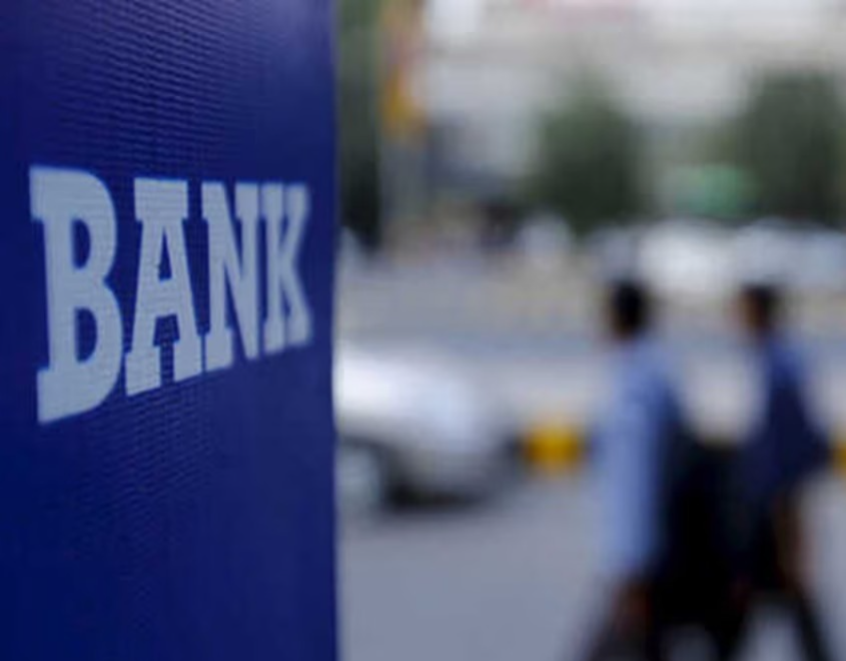

_1764510754.jpg)